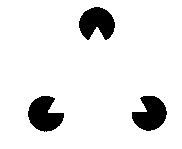
|

|
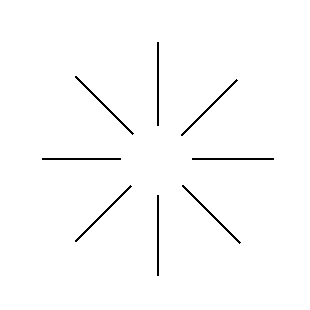
|
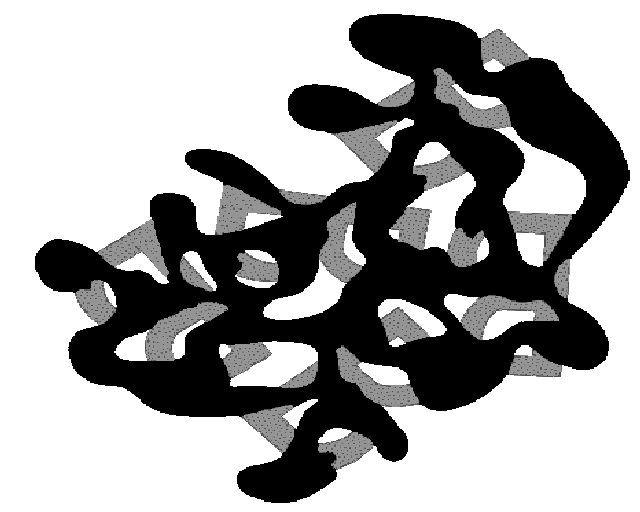
|
Instructor: Dr. Xiuwen Liu, email: liux@cs.fsu.edu, home page: http://www.cs.fsu.edu/~liux, office: 102C Carothers Building (MCH), phone: (850) 644-0050.
Course Home Page:
http://www.cs.fsu.edu/~liux/courses/research/index.html
This web page contains the up-to-date information related to this
class such as announcements, assignments, lecture notes, some
useful links, and so on. I will have chapters and papers
for reading assignments available
from the web page.
Course Description: This course will cover the basic principles of computational modeling of visual perception, from color perception models, virtual contour models, texture models, and some computational models for recognition. Along with computational models for visual perception, this class will emphasize greatly on applications of those models, including content-based image retrieval, face recognition, and some techniques for object recognition. Students will have opportunities to learn and explore the state-of-art approaches in computer vision. Papers from the literature will be used as reading assignments. One or two programming projects based on student's own interests will be assigned.
Prerequisites: Some basic knowledge of algorithm designs and some experience in C/C++ programming. Email to the instructor if you have questions about the prerequisites.
Course Objectives: Upon successful completion of this course of study a student:
Required Materials: Some chapters from Computer Vision -- A Modern Approach, Prentice Hall, 2000, by David Forsyth and Jean Ponce (Available at http://www.cs.berkeley.edu/~daf/book.html) and papers from the literature.
Tentative Schedule
Contact information: Prospective students are encouraged to visit Dr. Xiuwen Liu's web page at http://www.cs.fsu.edu/~liux more information on his current research interests and projects. Please contact Dr. Xiuwen Liu at liux@cs.fsu.edu or (850) 644-0050 for questions, comments, or further information.
Interesting examples: The following are a few examples
of what will be covered in the class.
Virtual contours: These visual phenomena reveal some of
the interesting characteristics of visual perception.

|

|

|

|
Visual textures: How to characterize different kinds of textures.
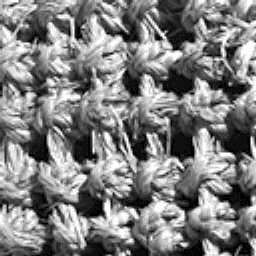 |
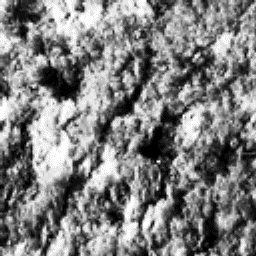 |
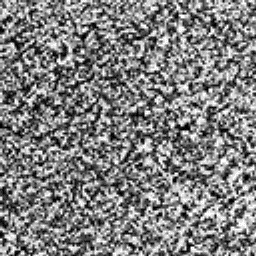 |
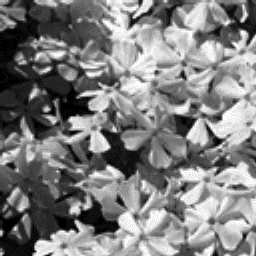 |
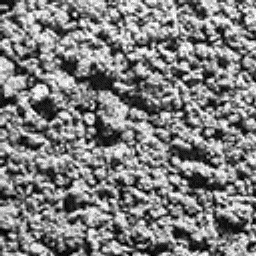 |
Face recognition: How to characterize different faces and recognize
them.

|

|

|

|

|
Motion analysis: How to estimate the motion of the player
and synthesize sequences from different viewpoints.
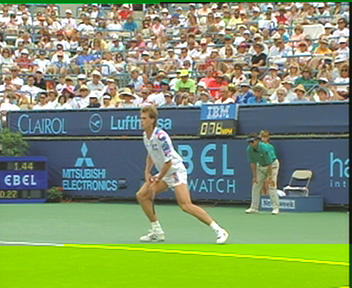 |
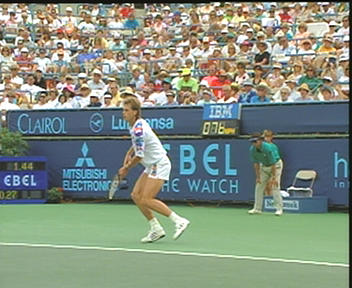 |
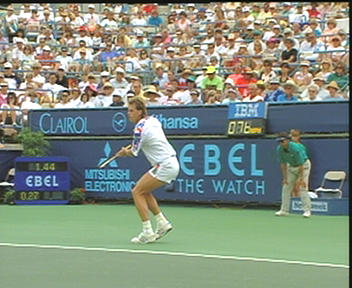 |
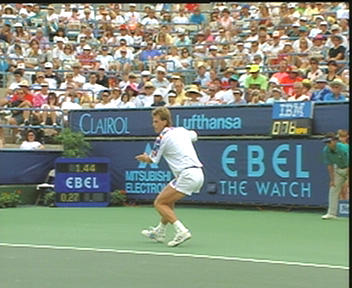 |
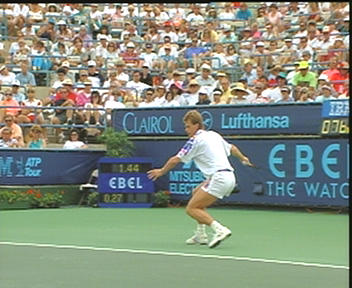 |